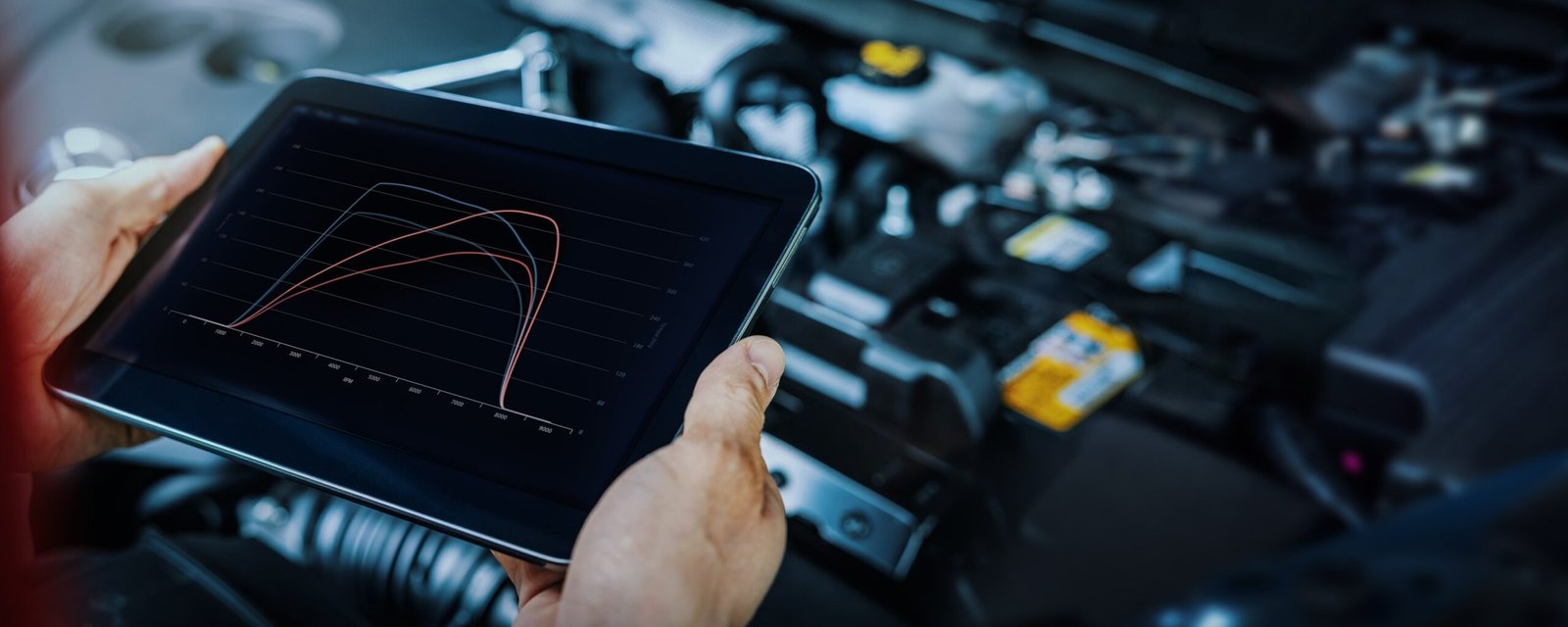From a Simple Remap to Full-Blown Performance Builds:
Understanding the Pros, Cons, and Common Misconceptions of Engine Tuning
Engine tuning, the art and science of modifying an engine’s performance characteristics, has long been the domain of motorsport professionals and dedicated car enthusiasts. However, with advancements in technology, it has become increasingly accessible to the average driver. But before you dive in, it’s crucial to understand what engine tuning really entails, whether it’s the right choice for your vehicle, and what to look out for. This guide will break down the different levels of tuning, who stands to benefit most, and address some of the most common myths surrounding this popular modification.
What is Engine Tuning?
At its core, engine tuning involves adjusting the parameters that control how your engine operates. The modern engine is a complex computer-on-wheels, managed by the Electronic Control Unit (ECU). The ECU dictates everything from fuel injection timing and air-to-fuel ratio to ignition timing and turbocharger boost pressure. Tuning, often referred to as “remapping” or “chipping,” involves rewriting the software within the ECU to optimize these parameters for specific goals, such as increased horsepower, improved torque, or better fuel efficiency
Stage 3 and Beyond: The High-Performance Build
- What it is: This is for the serious performance seeker. It involves a custom ECU map combined with significant mechanical modifications, such as upgraded turbochargers, larger injectors, forged internal engine components (pistons, connecting rods), and a high-performance clutch.
- Who benefits: Track day enthusiasts, drag racers, or those building a show car. This level requires a substantial financial commitment and should only be undertaken by reputable tuners with extensive experience.
- Common Gains: The sky’s the limit here, with power outputs often doubling or tripling the factory figures.
Common Myths and Concerns Debunked
- Myth: Tuning will ruin my engine.
Reality: A professional and reputable tuner will not push your engine beyond its safe limits. A well-executed tune can actually improve engine efficiency and longevity by optimizing parameters. The risk comes from “backyard tuners” or aggressive, off-the-shelf maps that don’t account for the engine’s health and hardware. - Myth: It will void my warranty.
Reality: This is largely true. Most manufacturers will not cover engine-related issues on a tuned car. However, some insurance companies and tuners offer warranty-backed tuning services. It’s a risk-reward calculation that every car owner must make. - Myth: It’s all about top speed.
Reality: While tuning can increase top speed, the most noticeable benefits are often in drivability—improved throttle response, a broader powerband, and more mid-range torque. This makes the car feel faster and more responsive in everyday driving situations, not just on a racetrack. - Myth: My car will drink fuel.
Reality: This depends on your driving style. A well-optimized tune at a low-to-moderate throttle can actually improve fuel efficiency. However, if you are constantly pushing the car to use its newfound power, you will, of course, burn more fuel.
Making the Right Choice
Before you get your car tuned, consider a few key things:
- Your Goals: Are you looking for a slight boost in performance for daily driving or are you building a track car? Your goals will determine the level of tuning required.
- Your Car’s Health: A tune will expose any pre-existing weaknesses in your engine. Ensure your car is in good mechanical health before any modifications.
- Find a Reputable Tuner: This is the most crucial step. A good tuner will use a dynamometer (dyno) to test your car, provide a custom map tailored to your specific vehicle, and explain the process and risks involved.
Engine tuning offers a fantastic way to unlock hidden potential and personalize your driving experience. Whether you’re an everyday driver seeking a bit more pep or a dedicated enthusiast chasing every last horsepower, there’s a tuning solution for you. By understanding the different levels and separating the facts from the myths, you can make an informed decision and enjoy the benefits of a car that’s perfectly tailored to your needs.


